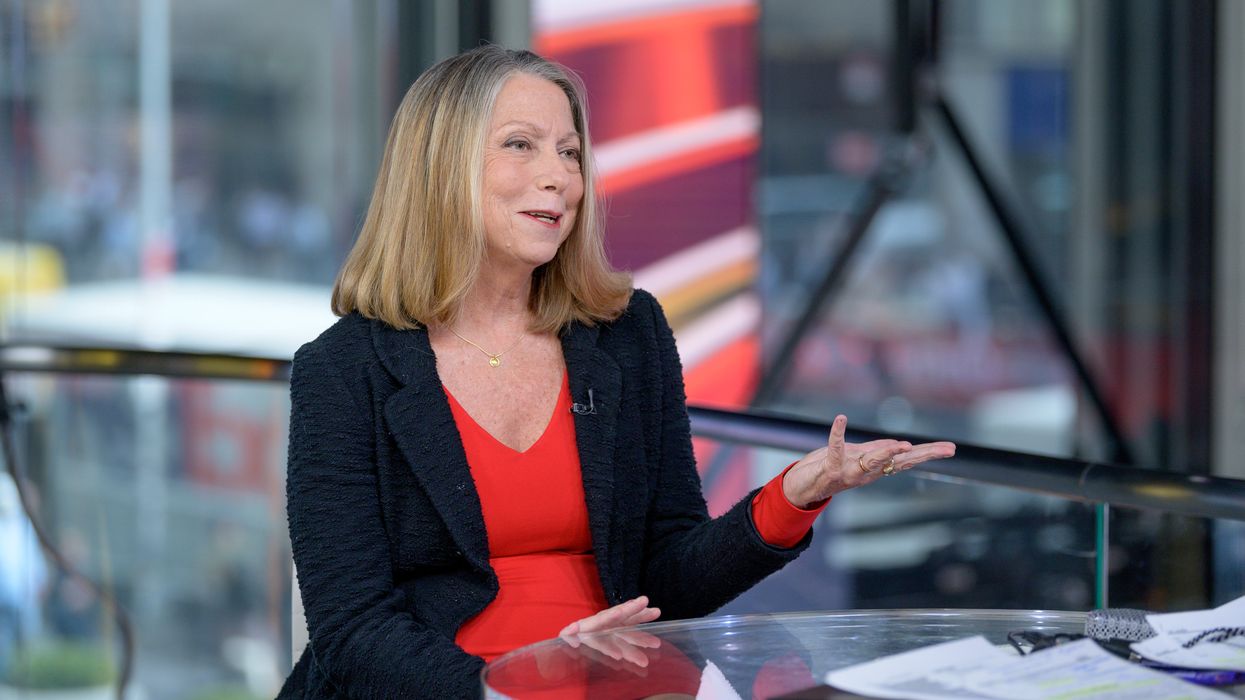
Roy Rochlin/Getty Images

She insisted that there was 'no conspiracy'
Former executive editor of the New York Times Jill Abramson defended the now-corrected Times story that left out crucial evidence undermining its entire premise. Abramson said there was "no evidence" that the story was false.
On Saturday, the Times published a story about ongoing allegations that Supreme Court Justice Brett Kavanaugh sexually assaulted women, including a female student who attended Yale University.
However, an editors' note published the next day revealed that the female student had refused to be interviewed by the Times and that a friend of hers had told the paper that the female student had no memory of this incident. This fact had been included in the book on which this story was based, but was absent from the story itself.
Even the two reporters who wrote the story acknowledged that the failure to include this crucial detail was wrong, but pinned the blame for that decision on their editors. They said their original version had included that information, but their editors had removed it during an attempt to remove references to the alleged victim's name.
Additionally, the friend of this alleged victim who talked with the Times is Max Stier, who previously worked on former President Bill Clinton's defense team during his impeachment hearings. Kavanaugh had worked on the team that had opposed Clinton during those hearings. This omission was not corrected by the paper.
Speaking to Fox News host Harris Faulkner on Wednesday, Abramson argued that her former paper had done nothing wrong.
"I think my move would have been the moves that the Times has made," Abramson said, after Harris asked her what she would have done differently. "I mean, no one has challenged the basic accuracy of the story that they published, or of what's in the book. It's true that a material fact was left out, and the Times ran an editor's note explaining that. Which is what you do when you leave something out."
She added that there "was no conspiracy to leave something out" with the intention of damaging Kavanaugh's reputation.
When Abramson added that the piece (which was labeled as "news analysis") fell under the jurisdiction of the paper's opinion editors, Faulkner asked if it was permissible to write "fiction in one place" and "facts in another."
"There's no evidence that it was fiction," Abramson responded. "And it was not."
"Omission of the fact that the victim, the alleged victim, didn't remember— " Faulkner said.
"Doesn't make the story itself fiction," Abramson interrupted. "It just doesn't. It doesn't make the story inaccurate."
Ex-New York Times editor defends heavily-criticized Kavanaugh storyyoutu.be
In late September 2018, the Times committed a similar error. In that case the Times initially noted that they were unable to verify the account of Kavnanaugh accuser Deborah Ramirez despite interviewing "several dozen people." An updated version of the story published the following day also included this admission, but it was removed from that article the same day.